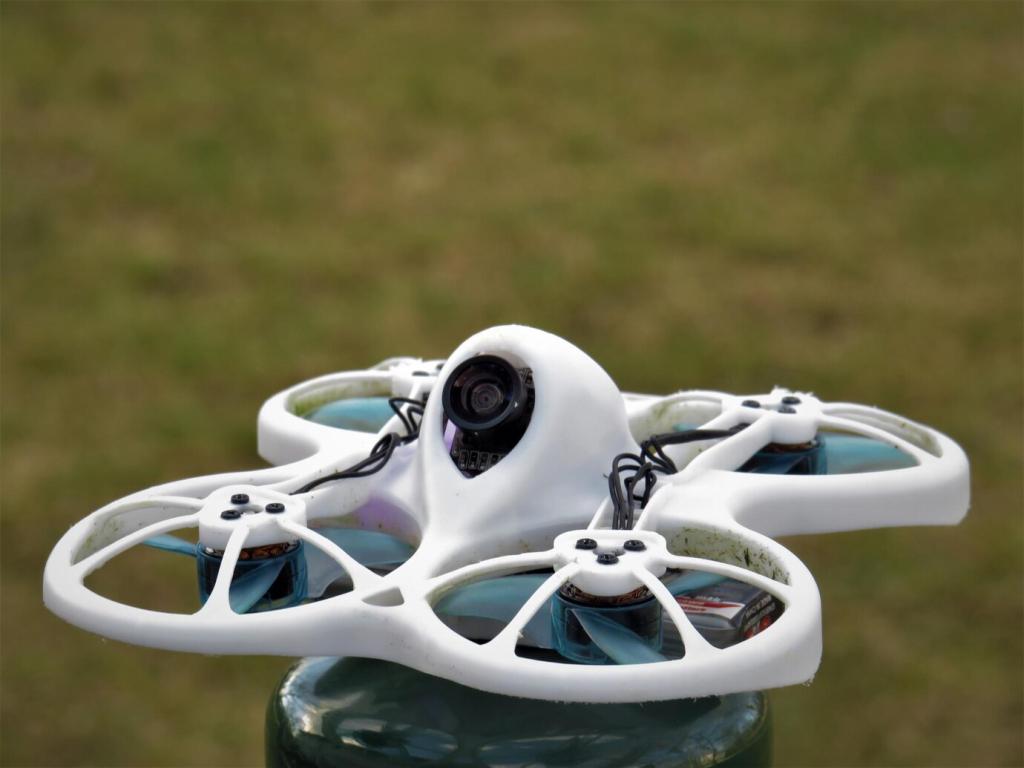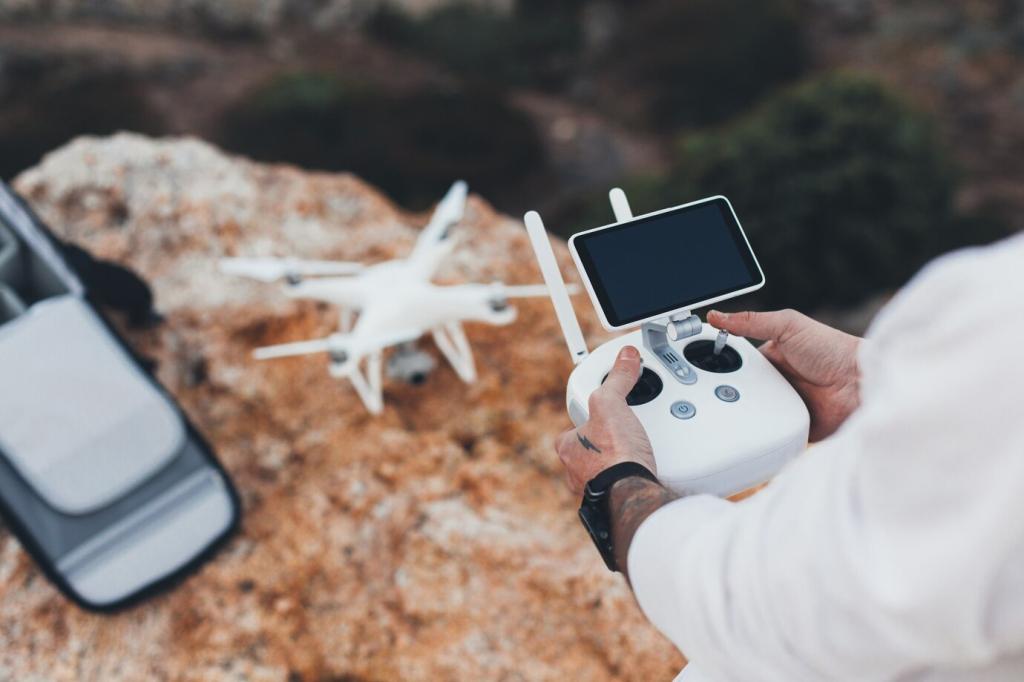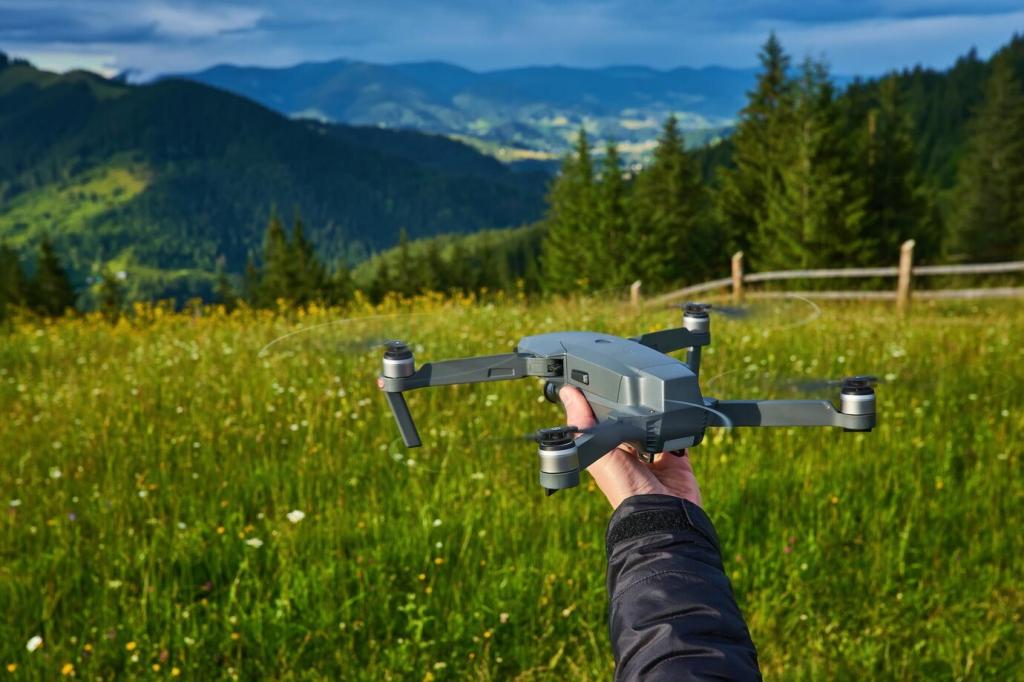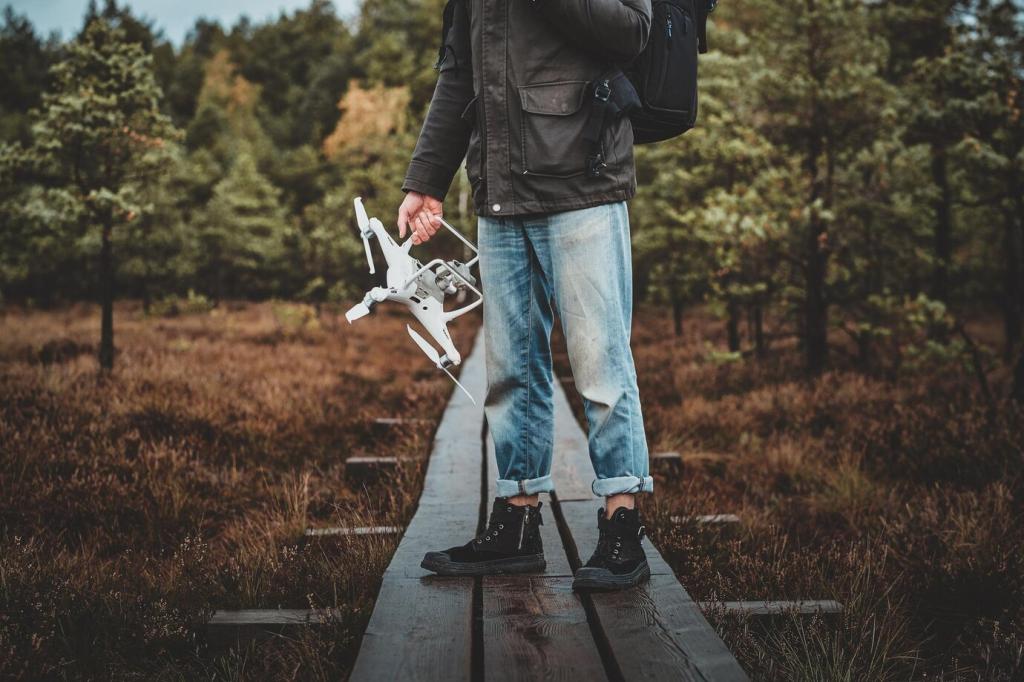Impact of Drone Surveillance on Forest Fire Prevention
The integration of drone surveillance has transformed forest fire prevention strategies in recent years. With their ability to cover vast and inaccessible terrains, drones offer unparalleled support in early detection, monitoring, and response coordination. This advancement not only enhances the efficacy of existing firefighting efforts but also provides communities and governments with new tools to mitigate the devastating effects of wildfires. Understanding the impact of drone technology in this context reveals how technological innovation is reshaping the landscape of environmental protection and public safety.

Previous
Next
Advancements in Aerial Surveillance Technology
Modern drones are equipped with high-resolution cameras and thermal imaging sensors, allowing for the detection of heat signatures that may indicate smoldering fire hotspots or dry, high-risk areas. This capability provides forest management teams with information otherwise unattainable through traditional ground patrols or even satellite imagery. Early identification of these danger zones significantly improves the chances of intervention before fires grow uncontrollable, thereby preserving wildlife, ecosystems, and human settlements.
Immediate Fire Incident Detection
Through continuous aerial patrols, drones can spot fire ignitions almost as soon as they occur, even in secluded or frequently overlooked areas. This real-time detection allows forest authorities to be alerted within moments, dramatically reducing response time. The swift notification and visualization of emerging threats make it possible to mobilize ground crews before flames spread significantly, curbing the potential for large-scale disasters.
Comprehensive Situational Monitoring
During an active fire, drones provide invaluable, uninterrupted situational updates. Their bird’s-eye perspective offers a dynamic overview of fire boundaries, progressions, and shifting weather conditions. Ground crews and command units can use this data to adjust containment strategies on the fly, allocate resources more effectively, and enhance safety measures for personnel. The ability to repeatedly monitor the same location enables ongoing assessment until the threat subsides.
Data-Driven Decision Making
Decision-makers rely on accurate, timely information to implement successful forest fire interventions. Drone surveillance supplies a continuous stream of actionable data, ranging from wind patterns to levels of humidity and vegetation dryness. This wealth of insight supports both immediate and strategic decisions, empowering authorities to prioritize areas of highest risk, forecast fire trajectories, and plan controlled burns or evacuations as needed.

Drones can relay high-quality imagery and detailed situational reports to all stakeholders simultaneously, regardless of their location. This immediate dissemination of critical information bridges communication gaps between different organizations involved in fire prevention and response. Firefighters in the field, forest rangers, emergency coordinators, and even local authorities benefit from synchronized updates, which are crucial for cohesive and coordinated actions.

Effective resource allocation is vital during fire outbreaks, especially when firefighting assets are limited. Drones supply up-to-date maps and threat analyses that enable command centers to pinpoint where personnel and equipment will be most impactful. By understanding the fire’s behavior and terrain topology, managers can direct ground crews, aerial support, and water drops precisely where they are needed most, improving the overall efficiency of containment efforts.

Beyond professional operations, drones play a role in keeping communities informed during fire season. Visual footage and up-to-date risk assessments can be shared with the public via digital platforms, encouraging proactive measures and promoting awareness. Engaged and well-informed communities are better prepared to evacuate when necessary, reduce accidental ignitions, and participate in fire prevention initiatives, ultimately contributing to safer environments for all.
